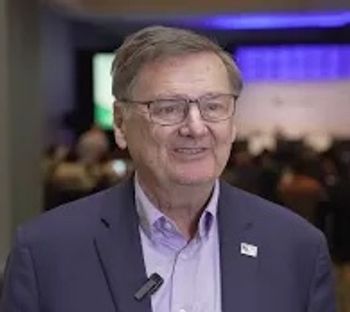
More drugs being abandoned at the pharmacy counter
Drug abandonment can be attributed to a number of factors
Key Points
DRUG ABANDONMENT, a situation in which members do not pick up a filled prescription, can be attributed to a number of factors, but the most obvious one is consumer out-of-pocket costs. A review of drug abandonment by Wolters Kluwer Pharma Solutions indicates that the rate rose by 55% in the second quarter this year, compared to four years earlier.
More than 3% of prescriptions filled at CVS pharmacy locations between July 1 and September 30, 2008, were abandoned, according to a study conducted by CVS Caremark, Harvard and Brigham and Women's Hospital.
While 3.27% abandoned their prescriptions, nearly half of these patients purchased a prescription for a drug in the same class at a pharmacy within 30 days. Although it seems like a small percentage, it translates to 110 million abandoned prescriptions (applied to 3.6 billion prescriptions filled at pharmacies in 2008).
NON-ADHERENCE COSTS
On the other hand, non-adherence remains an overall context in which drug abandonment is one symptom. According to a recent New England Healthcare Institute study, otherwise avoidable medical spending resulting directly from non-adherence accounts for up to $290 billion per year, or 13% of total healthcare expenditures.
Dr. Shrank says the CVS report's data validates a simple prediction rule that pharmacists can apply to help them assess whether patients are at risk for drug abandonment. Predicting potential abandonment provides an opportunity to intervene and improve medication use. The study is part of a CVS Caremark effort to research how consumers interact with their pharmacy so that they can remain adherent to medications.
The study offers the basis for a predictive model:
Paul Setlak, regional clinical executive, Abbott Laboratories headquartered in Chicago, says that drug abandonment is an ongoing issue but hasn't become prevalent enough to gain much attention. However, he anticipates that the problem will accelerate as more specialty drugs hit the marketplace.
"Patients might pay once or twice for a high-cost, specialty drug, but feel that if they are not receiving value for the money or that the drug is not living up to expectations, they will not return for the next prescription," he says.
In addition, he notes that if a drug reduces symptoms or produces a positive clinical result, patients may not think they need to continue the medication. While cost is the primary barrier to picking up prescriptions, he also says that it can be as simple as forgetting to make the trip to the pharmacy.
Dr. Shrank and his co-authors attribute the greater rate of abandonment for e-prescriptions to the lack of proactive participation on the part of the patient.
Newsletter
Get the latest industry news, event updates, and more from Managed healthcare Executive.





















































